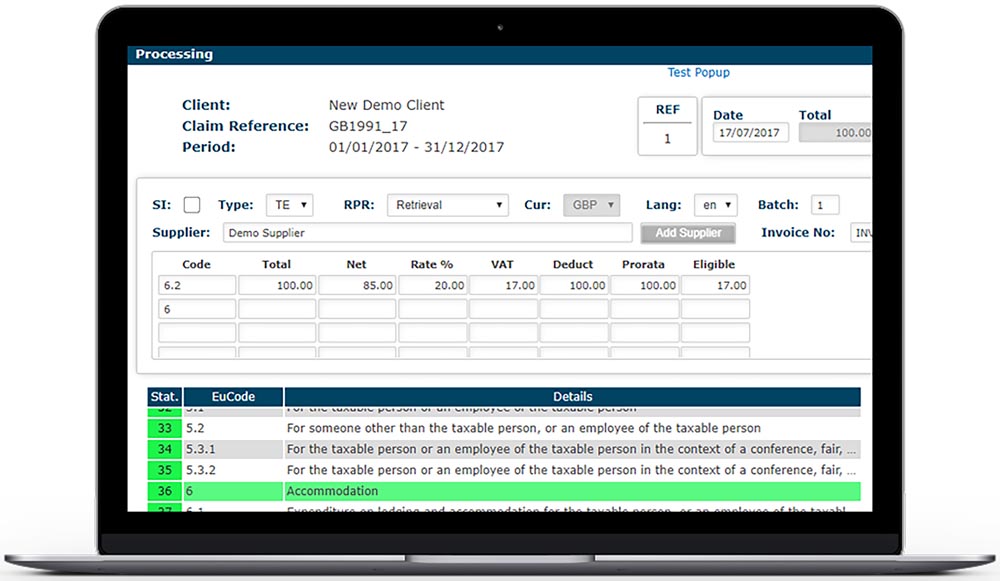
As technology expands and many of us have work emails accessible on our mobile phones 24/7, the division between work and home life is more blurred than ever. Whether you are thinking about a work deadline, health problems or financial worries, the daily pressures of life can seem relentless. Unaddressed, long term stress can lead to other long term illnesses from depression to alcohol abuse.
Resilience has been a real ‘buzz word’ throughout 2018, as employers and
employees become increasingly aware of the links between employee wellness and productivity. Many employers have embraced the concept and developed impressive employee wellness programmes and whilst few would dispute the merits of investing in this area, others are left wondering “what exactly is resilience?” and “how do I develop it in my organisation on a tight budget?”, so let’s look at both of those questions.
What is resilience and how can I develop it in my organisation?
Some people cope better with stress than others, the difference is ‘resilience.’ At an organisational level, employers can foster resilience by having the right training and policies in place. You can’t force your employees to be more resilient, but you can create an environment that enables them to thrive. That does not mean removing all triggers of stress. Stressful things like meeting deadlines or dealing with demanding customers are inherent in many jobs and an optimal amount of pressure is good for performance. However, it is important to be able to identify the warning signs if the pressure on employees becomes too much. Developing a culture where employees can ask for help is key to tackling the toll that stress can take on an organisation. This is why management training is essential.
For employees the personal goal of ‘being the best version of yourself’ summarises what resilience is all about. Mental and physical health are closely linked and to develop optimal resilience employees need to think about their health holistically. Resilience isn’t necessarily about going to the gym more often or making the most sales every month; it is about investing in yourself. Most of all it’s about problem solving – can you create a plan to do better without beating yourself up about where you are now or what happened last time? Those are skills that most of us weren’t taught at school, but resilience can be taught. There are techniques that we can employ in our day-to-day life and we can train ourselves to think more positively.
Ideas to promote employee wellness in your organisation could include:
- Training: A course to give your employees tools to develop resilience and for managers to understand their role in developing organisational resilience.
- Provide a water cooler, herbal teas and fruit (rather than just biscuits and a snazzy coffee machine) in the office.
- Benefits: gym memberships, employee assistance programmes.
- Display literature that raises awareness of mental health and promotes healthy activities.
- Develop a ‘Stress at Work’ policy.
- Encourage employees to take their rest breaks
Sherrards offer two In-House Resilience courses, one for HR and line managers, and the other for all staff. Both have engaging and practical content, and are offered at a time when mental health in the workplace has never been higher on the agenda.





